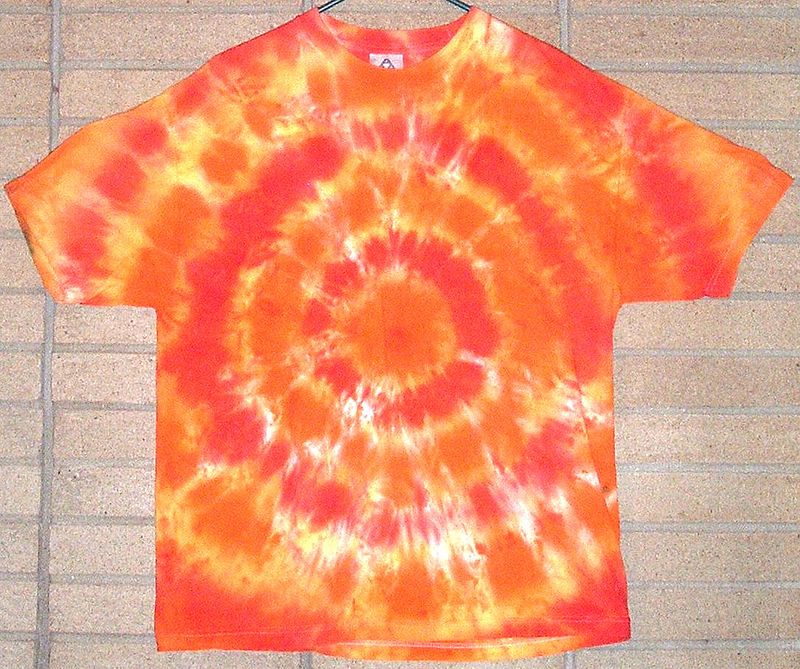tie dye is from what era
The earliest mention of tie-dye in historical records comes from China and Japan. Era is tie tie dye is from what era Jonathan Burks 22 Apr 2022 The Entire History Of The Tie Dye Shirt Updated July.
/cdn.vox-cdn.com/uploads/chorus_asset/file/19056406/GettyImages_1159258230.jpg)
Tie Dye Why It S Back In 2019 Vox
In the 1970s tie-dye became a popular handicraft and was widely used in clothing ties wall hangings and so on.
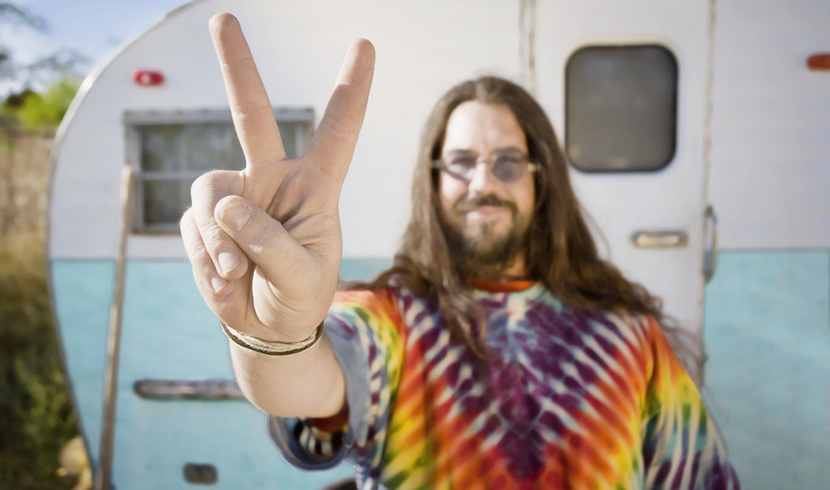
. Joseph Steinmetz State Archives of Florida Its believed that Peace Corps volunteers returning from West Africa in the mid-1960s brought tie-dye fabrics back home to their counterculture friends creating a trend that by the time of the 1969 Woodstock Festival was a must-have for performers like Janis Joplin and Joe. But were not ready to take the time machine to the swinging 60s just yet. Tie-dye itself actually dates back literally thousands of years to ancient India 4000 BC to be precise.
The Entire History Of The Tie Dye Shirt Updated July 2020 The Adair Group Search Home Tech DropDown. The areas that are tied. By the Roaring 20s tie-dye designs had rose to popularity.
The 1960s were filled with color thanks to tie-dye. The fact however is that the art of tie-dyeing is an ancient process that has been used as early as the 6th Century in countries. These are the most notable tie dye decades but tie dye is renewed each decade.
Tie dye is a hand method of producing patterns on garments and textiles by tying parts of it to shield it from dye. Most Americans tend to associate tie-dyeing with hippies and the counterculture era. In Japan they used tie-dye from 552 to 794 CE also known as the Nara period.
According to historical records in the qin and han dynasties to dye has. During the Tang dynasty. Your clothing can be a form of protest.
During the Great Depression 1929-1933 the US Government. It therefore symbolized luxury through its random almost. Tie-dye designs never really go out of style.
While tie-dyes popularity waxes and wanes it is. It is a resist dyeing method in which the areas you do not want dyed are blocked using different methods of tying and then the fabric is dyed. Tie and dye is a self explanatory term you just tie and then dye fabric.
The first record of tie-dye in the United States was in 1901. The manipulations of the fabric before the application of dye are called resists. Tie dye was popular in the 1960s as Protest Art then as Pop Fashion in the 70s.
The term tie-dye which describes a process of folding twisting or crumpling a textile before tying it with string or rubber bands and then applying dyes entered the mainstream lexicon in America in the 1960s. Tie-dye has been featured on nearly every. In China they were using tie-dye from 618 to 906 CE.
These people used dyes from naturally growing flowers berries roots and leaves such as lichen. Because of its widespread popularity in the 1960s and 70s tie-dye will forever be associated with the members of the Baby Boomer generation even though it is still worn and used by many people today of younger generations. Tie-dye is a type of dyed textile that has certain associations.
Tie-dye is a term used to describe a number of resist dyeing techniques and the resulting dyed products of these processes. The Era Of Everything Tie-Dye Clothes Report this post Store333 Wevez Store333 Wevez Published Mar 14 2022 Follow While shopping one of the things that are the deciding factor for us to. That decade was characterized by among other things racial injustice and violence political scandals and divisions over an.
These are the most notable tie dye decades but tie dye is renewed each decade. While tie-dye became popular in the United States during the hippie era it has actually been a part of American culture since the 1920s. The application of multiple tie-dye and multiple dyeing on the same fabric can make the traditional tie-dye process develop from monochromatic to multi-colored.
Tie dye was popular in the 1960s as Protest Art then as Pop Fashion in the 70s. Tie dye became popular as an idea. From our standpoint that makes perfect sense since the 1960s is when this groovy process of dyeing fabric first appeared here.
It can be done easily at home but many retailers sell tie dyed garments too. In that context tie-dye encouraged ritual ceremonies like wakes and marriages. - The Hippies who introduced tie and dye in America in the 1960s wanted to escape from the harsh social norm of the 1950s and they found that this tie and dye method was a way to convey their free spirited attitudeThe Hippies considered this as a simple and economical way of portraying their.
While Tie Dye appeared throughout history from the Indonesian ikat to African gara and adire it was the American 20th century that brought bright colours and swirling patterns back into the limelight. Textiles could be dyed in intricate random patterns by plucking the fabric before dying. Tie dye became a popular way to protest the Vietnam war and the status quo.
The process of tie-dye typically consists of folding twisting pleating or crumpling fabric or a garment before binding with string or rubber bands followed by the application of dye or dyes. Tie dye became popular as an idea. Your clothing can be a form of protest.
THE HIPPIES INTRODUCED TIE AND DYE IN AMERICA. Pellow showed his students tie-dyed muslin cloth gave a lecture on tie-dyes in different cultures and gave a live demonstration of how the tie-dye technique was commonly done. Its used on a variety of garments but in 2021 were seeing it mostly on loungewear t-shirts face masks and socks.
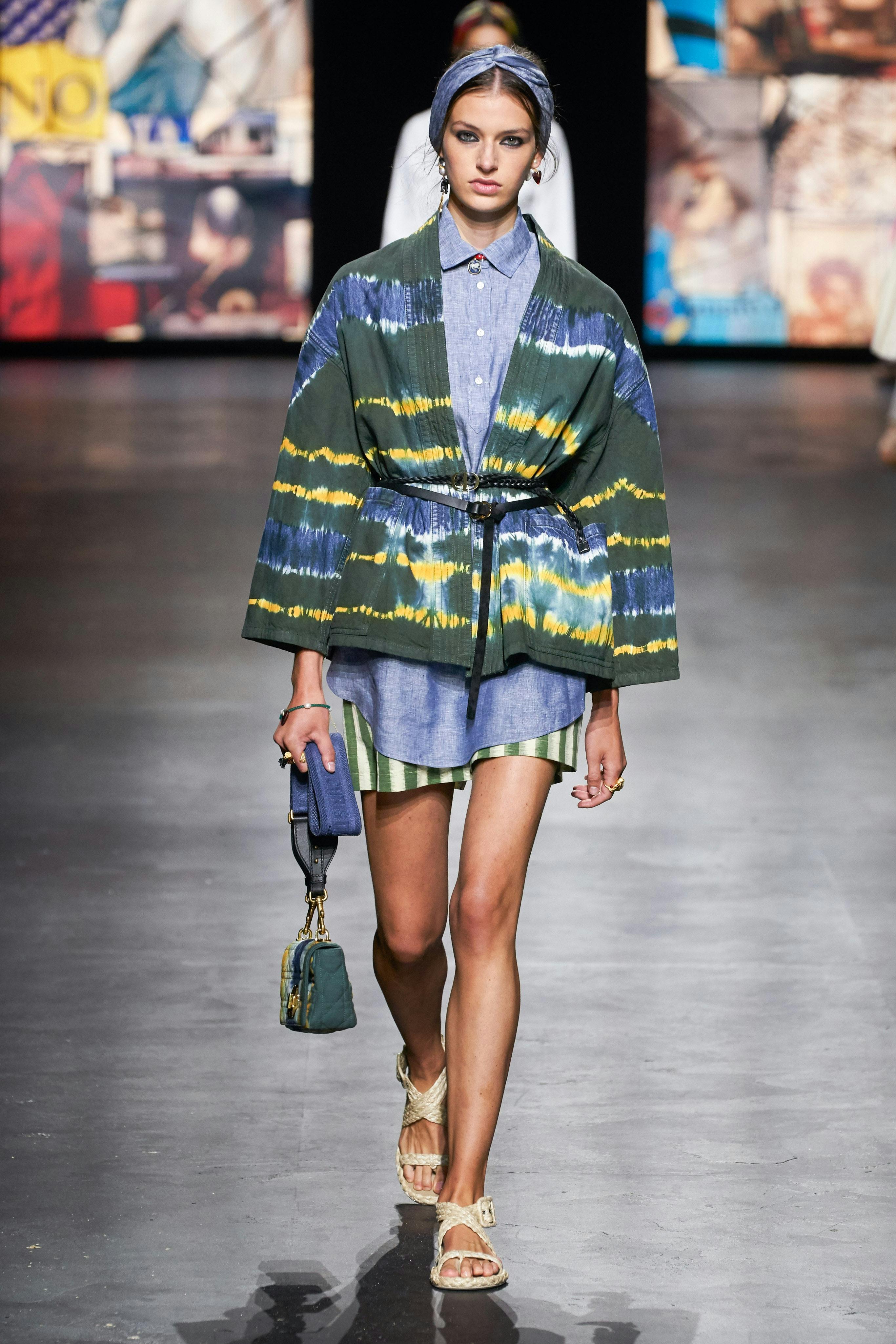
From Hippies To Haute Couture The History Of The Tie Dye Trend Tie Dye Fashion
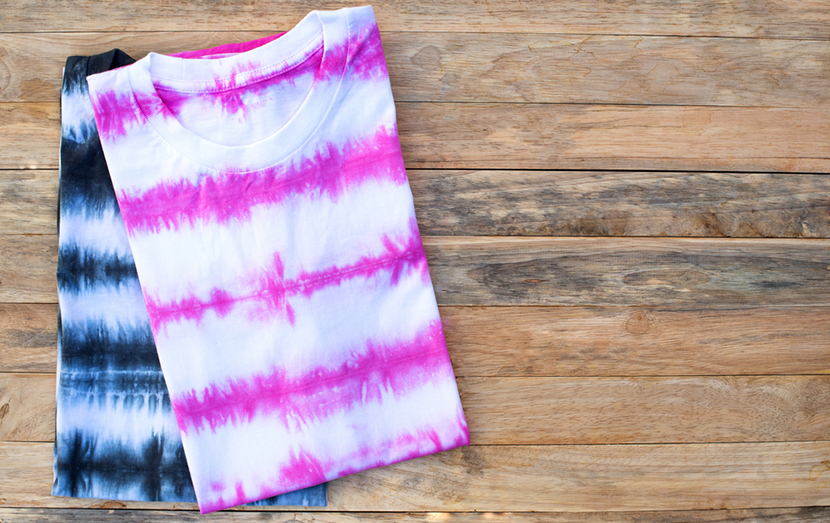
The Entire History Of The Tie Dye Shirt Updated July 2020 The Adair Group
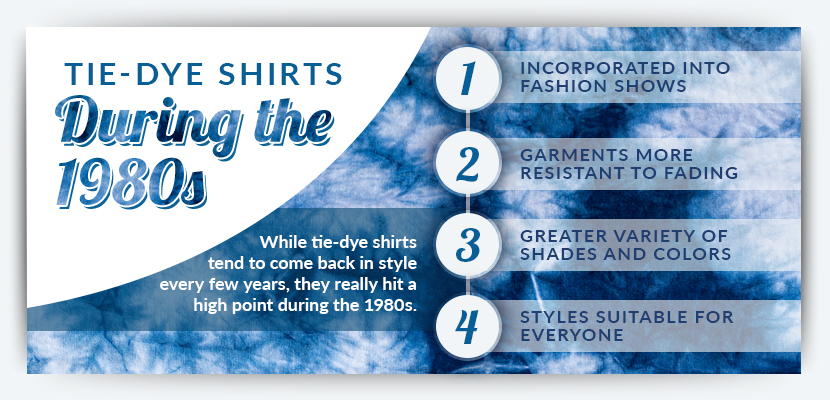
The Entire History Of The Tie Dye Shirt Updated July 2020 The Adair Group
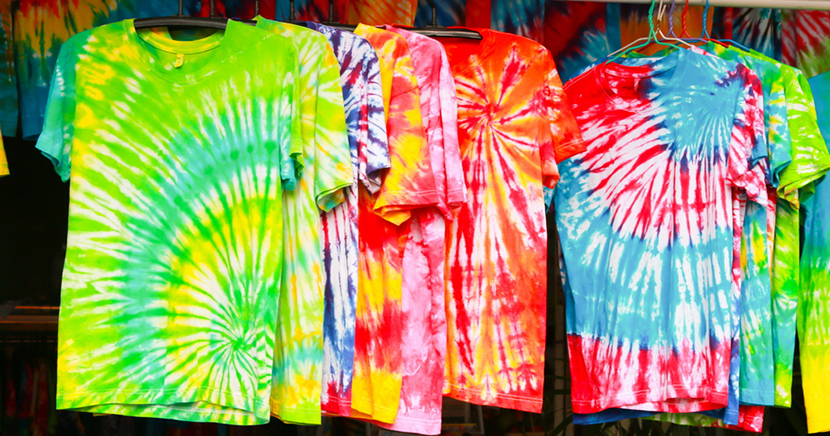
The Entire History Of The Tie Dye Shirt Updated July 2020 The Adair Group

The Entire History Of The Tie Dye Shirt Updated July 2020 The Adair Group
/cdn.vox-cdn.com/uploads/chorus_asset/file/19056453/GettyImages_1157598120.jpg)
Tie Dye Why It S Back In 2019 Vox

When Was Tie Dye Popular Dye Happy
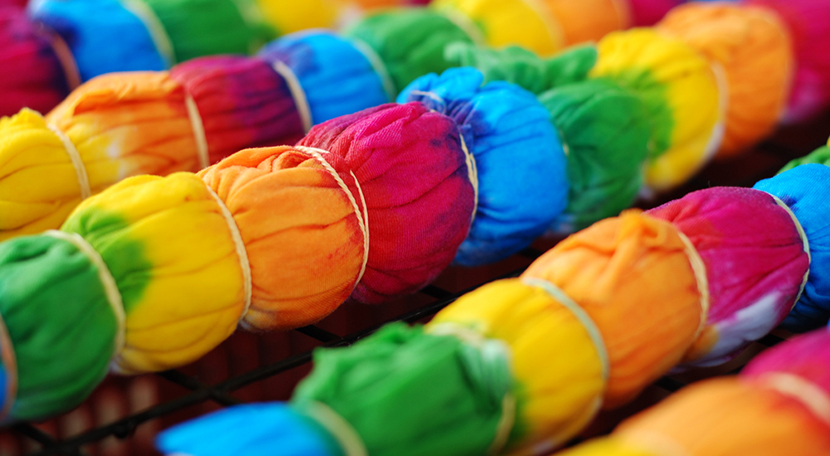
The Entire History Of The Tie Dye Shirt Updated July 2020 The Adair Group

